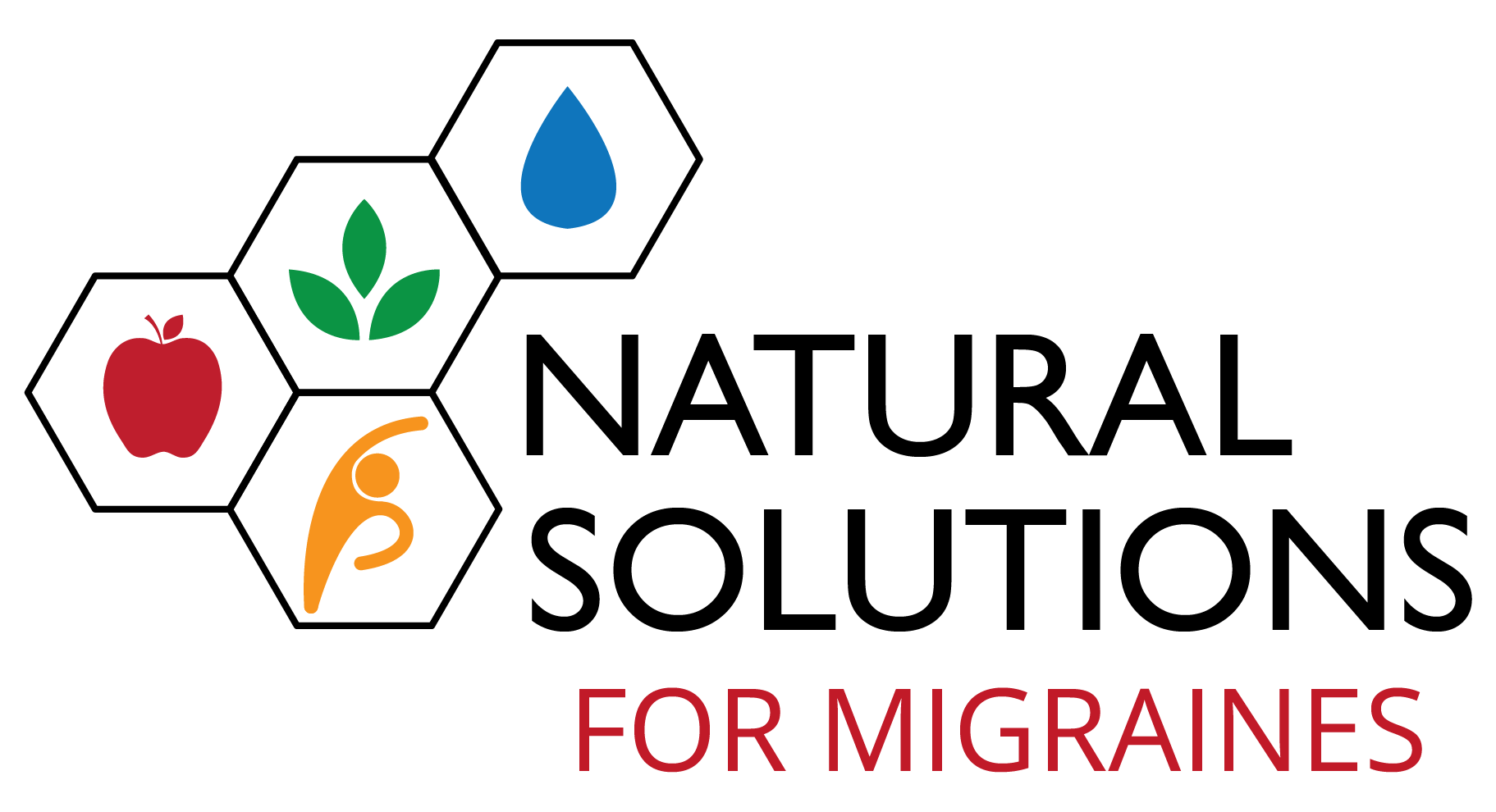Prevalence of Migraines
Common and Painful
Over 45 million people suffer from chronic headaches in the U.S. – that’s nearly 1 in 6 people. Of those, 28 million have been diagnosed with migraine headaches. Overall, about 12 % of the population suffers from the brutal effects of migraines (18% of all women and 6% of all men).
Having just one migraine is enough for anybody to know they don’t want to experience another one. Unfortunately, nearly 25% of migraine sufferers have more than 4 migraines every month and we have seen people that have a migraine headache nearly every day.
Migraines typically occur between the ages of 10 and 40 years of age and the severity of migraine attacks usually start to subside once a woman reaches menopause. However, young children can also suffer from migraines. In kids, migraines can first show up not as headaches, but as colic, periodic abdominal pains, vomiting, dizziness, and severe motion sickness. According to the U.S. Centers for Disease Control and Prevention (CDC), the incidence of migraine headaches has increased by nearly 60 percent in all age groups in recent years.
In fact, the prevalence of migraines is greater than that of rheumatoid arthritis, asthma, type 1 diabetes or osteoarthritis.

Data from the Center for Disease Control, US Census Bureau and the Arthritis Foundation
Migraines rarely gets the same amount of press as these other disorders and it is dwarfed in terms of research money compared to these other disorders even though you can clearly see that it affects many more people.
However, the real reason we need to address migraine headaches doesn’t have to do with the pain of the headache itself, although this is usually the biggest incentive and is probably the reason you are here. However, the most important reason from a health perspective to eliminate migraine headaches is because of the increased risk of potentially fatal diseases that await the migraine sufferer as they age.



